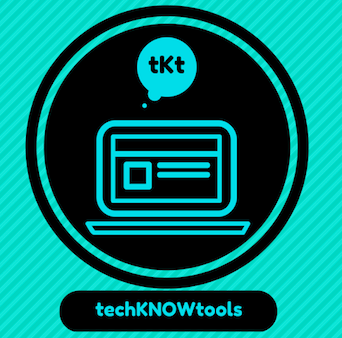Work Design is the “study, creation, and modification of the composition, content, structure, and environment within which jobs and roles are enacted… concerns who is doing the work, what is done at work, and the interrelationship of the different work elements, and the interplay of job and role enactment with the broader task, social, physical, and organizational context” (Morgeson & Humphrey, 2008, p. 47).
In thinking about the world of work – how often do you consider the design or composition of your work? Jobs are typically organized in similar positions with regards to work tasks performed or a set of activities to serve the organization. In thinking about job design, Morgeson and Humphrey (2008) identify this as the “content and structure of jobs that employees perform.” Those who research job design tend to review the tasks and activities performed on a regular basis, and also consider the team design and role requirements within teams.
Since a number of jobs are combined and collaborative, it might be more helpful to consider an Integrative Model of Work Design. Morgeson and Humphrey’s (2008) model will identify various work and worker characteristics – specifically those work attributes that includes task, social, and contextual sources.
1) Task Characteristics: autonomy, worker control, skill variety, task identity, task significance, feedback from the job, task variety, job complexity, information processes, specialization, problem solving. Worker characteristics include job knowledge, technical skills, self-management, cognitive ability, task experience, proactive personality, and needs for achievement
2) Social Characteristics: social support, feedback form others, interdependence,, interaction outside the organization, team experience, need for affiliation, and hardy personalities
3) Contextual Characteristics: physical demands, work conditions, ergonomics, equipment use, boundary spanning (interaction within the organization but outside one’s department/team), organizational support, workspace, virtuality of work (communication), consequence of facility, physical ability, propensity to trust, organizational experience
Future research considerations for work design could include:
- key theoretical perspectives on fit is the needs-supplies/demands-abilities duality
- gravitational hypothesis: workers “gravitate” towards and stay in jobs that they are both capable of performing and fit with their individual differences
- conceptualizing individual attributes at the team level takes an additive approach – studying team vs. individual composition models
- role vs. team composition approach: how role holder characteristics impact performance rather than putting the focus only on individuals
- understand the impact that learning and knowledge-based organizations should consider for work design
- influence of the following attributes: self-regulation, social-facilitation, workload sharing, convergence, etc
- impact for informal work redesigns – job crafting – that emerges out of work experience and organizational change
| Reference:
Morgeson, F.P. & Humphrey, S.E. (2008). Job and team design: Toward a more integrative conceptualization of work design. In J. Martocchio (Ed.). Research in Personnel and Human Resource Management (Vol. 27, pp. 39-91). United Kingdom: Emerald Group Publishing. |



1 thought on “Considering the Impact of Work Design”